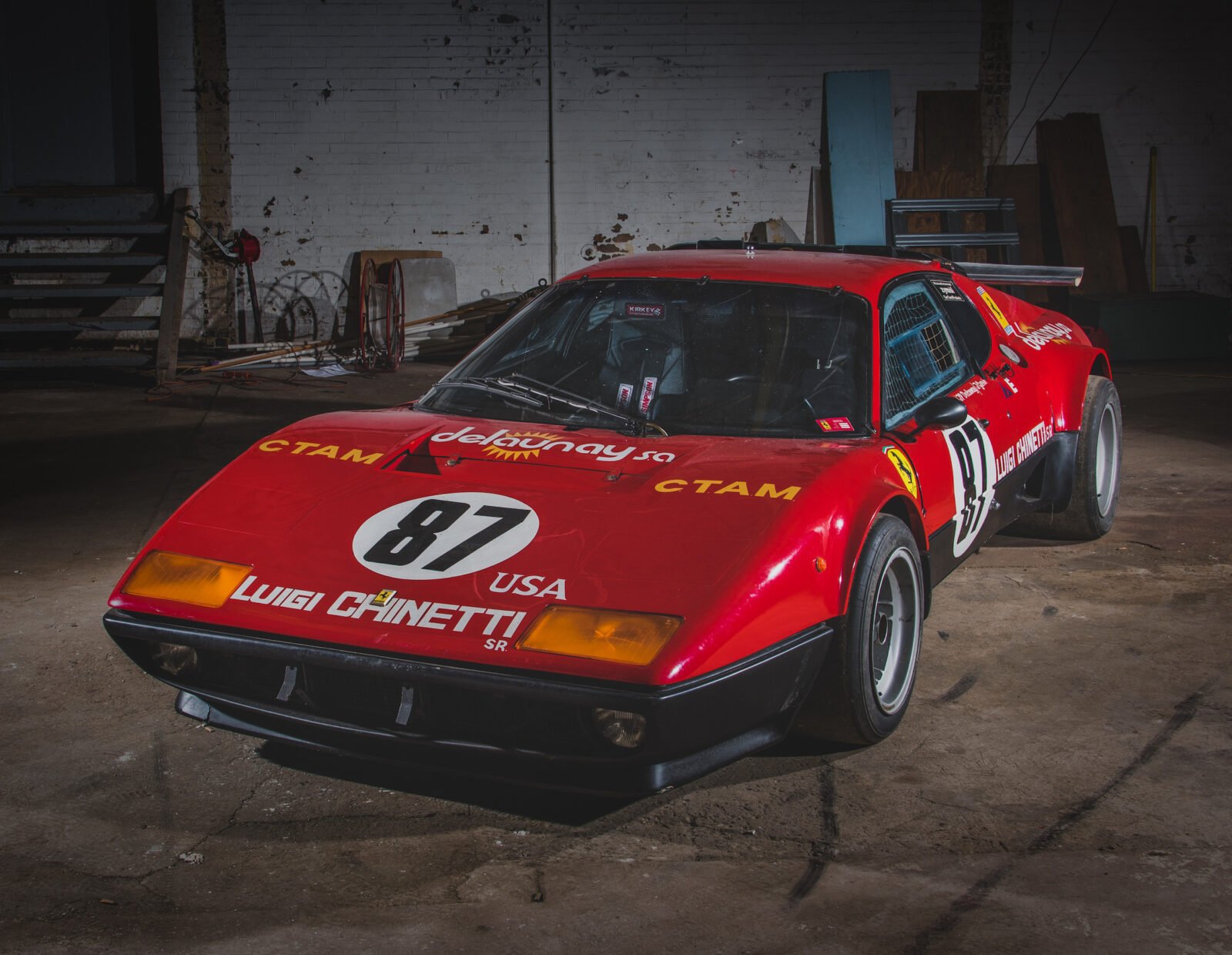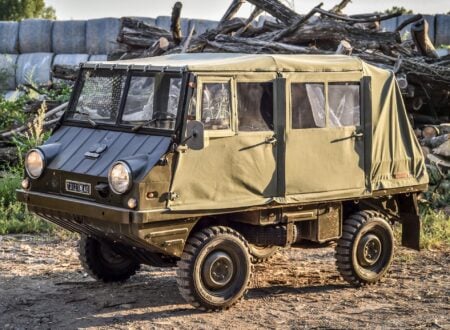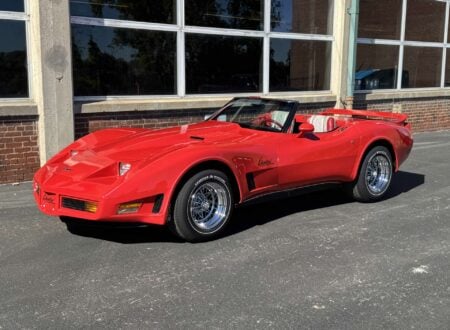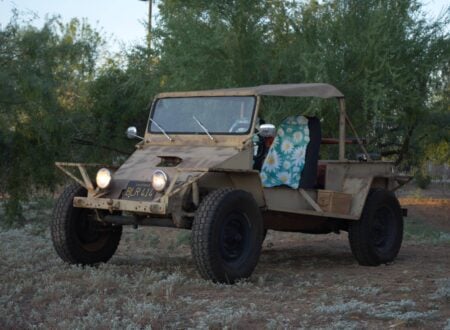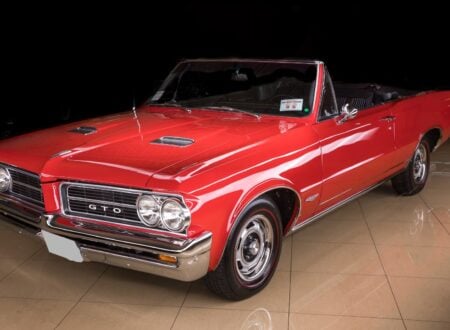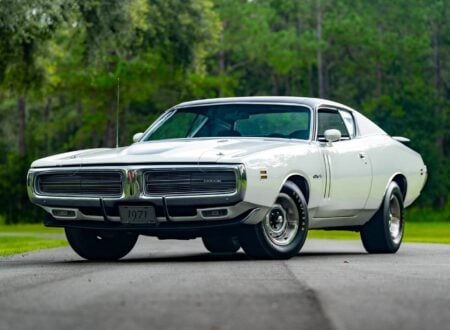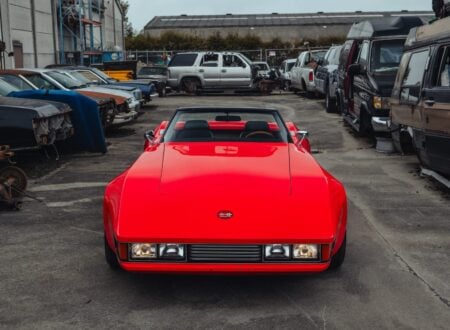This is one of just three examples of the 1978 Ferrari 512 BB Competizione that were made, and it was very nearly lost to history after ending up in a barn for 42 years – a barn which subsequently collapsed during Hurricane Charley.
Now known as the “Lost & Found Collection,” the 20 historic Ferraris that were in the barn are now being offered for sale by RM Sotheby’s. They remain in original condition, some showing damage from the building collapse.
Fast Facts – A 1978 Ferrari 512 BB Competizione
- The “Lost & Found Collection” barn find is likely to go down in history as one of the most significant of the current era. It encompasses 20 Ferraris from the company’s golden age stretching from the 1950s all the way into the 1970s and including some of the Italian marque’s most desirable creations.
- The car you see in this article is the 1978 Ferrari 512 BB Competizione that was found in the collection. It’s one of just three that were made specifically to race at the 24 Hours of Le Mans that year.
- Amazingly, thanks to the fact that it was unused for 42+ years, this car remains in the same condition it was in at the 1978 Le Mans, right down to the livery.
- It’s now being offered for sale by RM Sotheby’s in mid-August in Monterey. It’s being offered with no reserve, and a price guide of $1,800,000 – $2,800,000 USD.
The Ferrari Berlinetta Boxer
The Ferrari Berlinetta Boxer series of cars was a line of mid-engined supercars produced by Ferrari from the mid-1970s to the early 1980s. The Berlinetta Boxer models were the first road-going Ferrari cars to feature a flat-12 engine configuration, with the engine mounted longitudinally behind the driver. Flat 12s had been powering Ferrari Formula One cars since 1968, with the first having appeared earlier in the 1960s.
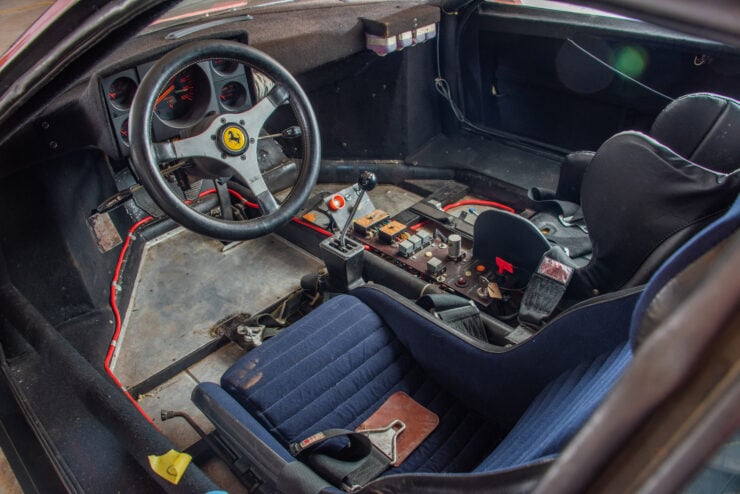

Despite the use of the “Boxer” name the Ferrari flat-12 developed by Mauro Forghieri wasn’t a true boxer engine. They were horizontally-opposed engines, but as pistons on opposing banks shared crankpins the pistons would move in the same direction, rather than “boxing” as they do on a boxer engine, like the Porsche flat-6 for example.
“Please, don’t call it boxer. Technically, it is correct to say that this engine is a flat-12, or has 12 cylinders with the heads at a vee angle of 180°. The difference between this engine and a true ‘boxer’ is that on the Ferrari engine the corresponding connecting rods of each bank are coupled on the same crankpin, so the two pistons move in the same direction, whereas in a true boxer engine (for example the flat-six Porsche engine) the pistons move in opposite directions.” — Mauro Forghieri, in Ferrari Engines by Reggiani and Bluemel
The Ferrari Berlinetta Boxer series started with the Ferrari 365 GT4 BB, introduced in 1973 as a replacement for the iconic Ferrari Daytona. It featured a 4.4 liter flat-12 engine and a beautiful body designed by Leonardo Fioravanti at Pininfarina. The 365 GT4 BB was produced in limited numbers, with just 387 built.
In 1976, Ferrari introduced an updated version called the Ferrari 512 BB (BB for Berlinetta Boxer). The 512 BB featured a larger 4.9 liter flat-12 engine, delivering increased power and torque. It became the mainstay of the Berlinetta Boxer series, with a total production of approximately 929 units.
Above Video: This French short film from 1978 documents the 24 Hours of Le Mans that year, from the perspective of the Alpine Team. The eagle-eyed among you may spot the 1978 Ferrari 512 BB Competizione in this article on track.
In 1981, Ferrari introduced the 512 BBi, which stood for Berlinetta Boxer Injection. It featured a fuel-injected version of the 5.0 liter flat-12, improving fuel efficiency and reducing emissions.
The BBi engine was fitted with Bosch K-Jetronic CIS fuel injection, it also had altered camshaft timing and a Magneti Marelli “Dinoplex” electronic ignition system. Slightly over 1,000 examples of the BBi were made, making it the most prolific of the BB cars, if only by a whisker.
The Berlinetta Boxer series marked an important transition for Ferrari, as the Italian automaker embraced mid-engined designs for its road cars – something Enzo Ferrari had long resisted due to concerns about non-racing drivers being able to handle the rear weight bias.
Some have hypothesized that it was the release of the Lamborghini Miura and later the Countach that ultimately changed his mind, or forced his hand.
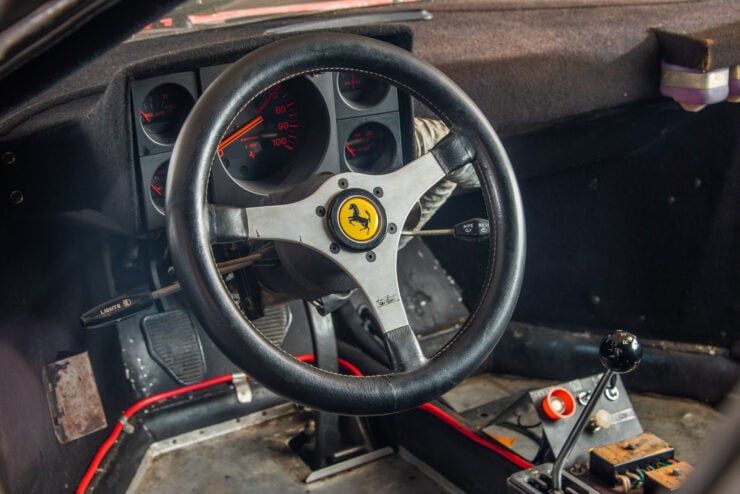

The Berlinetta Boxer series was eventually succeeded by the Ferrari Testarossa, which was also powered by a flat-12. The Berlinetta Boxer series of cars are seen as more desirable by many, and they sell for appreciably more as just 2,323 were produced, whereas the were almost 10,000 Testarossas built.
The Ferrari 512 BB Competizione Shown Here
The car you see here is one of the most historically significant examples of the 512 BB ever made. It’s one of just three 512 BB Competizione cars that were produced
After Ferrari’s successful victory in the 1972 World Championship of Makes with their prototype sports-racing car, the 312 PB Spider, the company decided to focus solely on Formula One and abandoned sports car racing. As a company built by a former racing driver specifically to go racing, this decision didn’t last long – in 1976 Ferrari developed an improved version of the 365 GT4 BB into the 512 BB.
This new model had various improvements including increased engine displacement, more power, and a dry sump ideal for competition use. With this development, Ferrari began considering a return to sports car racing, and by early 1978, the idea was being pursued in earnest.
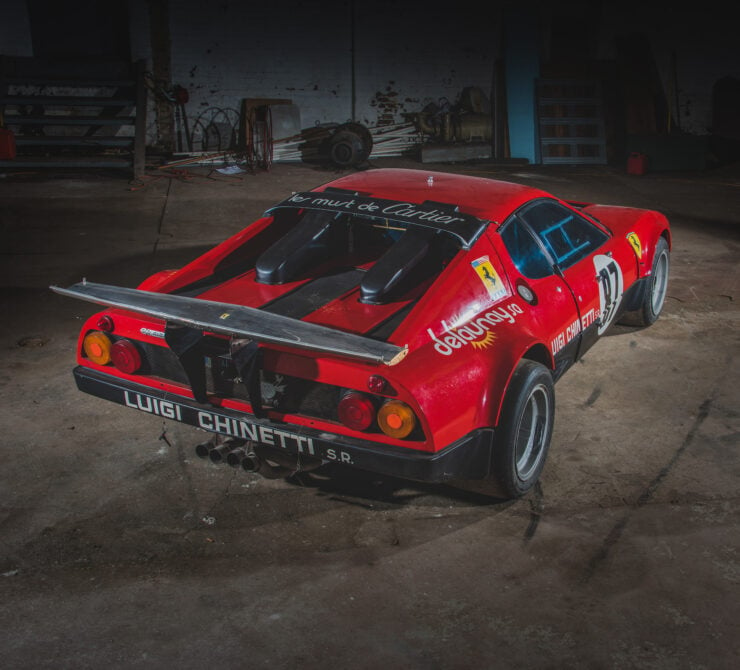

In preparation for the 1978 24 Hours of Le Mans, Ferrari modified three 512 BB cars to meet IMSA regulations. The cars were built with factory support in Modena and underwent a strict diet to reduce weight.
The engines were tuned for increased power, the rear suspension was adjusted to allow the fitment of wider rubber, and additional modifications were made including the use of plexiglass windows, a larger chin spoiler, and a rear wing inspired by Ferrari’s Formula One car of the time.
Two of these modified 512 BBs were entered by Charles Pozzi, a French distributor, in the IMSA GTX class. The remaining car, chassis number 24131, was entered by Luigi Chinetti’s North American Racing Team (NART) and driven by Jean-Pierre Delaunay, Jacques Guérin, and Gregg Young – this is the car shown in this article.
The cars were tested at the Circuit de la Sarthe and showed great potential, significantly improving on the lap times of the earlier competition-spec Daytona. Chassis 24131 qualified in 36th place on the busy starting grid, during the race it would climb up as high as 11th overall and 2nd in class before a transmission failure after 232 laps and 19 hours spelled the end of its Le Mans campaign.
Although the cars had been significantly modified compared to their road-going equivalents, the gearboxes had remained unchanged, and it would prove to be the Achilles heel of the 512 BB Competizione, with two of the three cars retiring with the same failure.
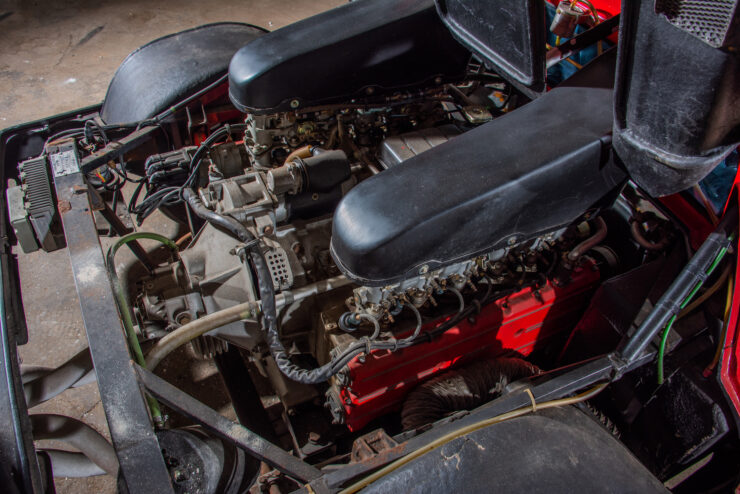

After the race, Chinetti kept the 512 BB Competizione and eventually sold it to Glen Kalil of Miami, Florida in 1980. Kalil, a wealthy carpet dealer and devoted Ferrari aficionado, had a collection that included a 195 Inter, 206 S, and 275 GTB/4 NART Spider.
Interestingly, Kalil didn’t just keep the 512 BB as a display piece. He drove it around town, often enjoying leisurely rides through Crandon Park. On occasion, he even rented out the the Hollywood Sportatorium, so that he, his family, and friends could fully experience the thrill of the Competizione without any speed restrictions.
In January 1981, Kalil traded the Ferrari to Walter Medlin. Since then, the car has been carefully stored away from the public eye for an impressive 42 years, remaining outside the realm of collectible Ferraris and largely unknown.
After Hurricane Charley tore through the region in 2004 and destroyed the barn these cars were being stored in they were moved to their current location, where they remain to this day. They’re now being individually offered for sale by RM Sotheby’s in Monterey in mid-August.
If you’d like to read more about this Ferrari or the others in the collection you can visit the listing here.
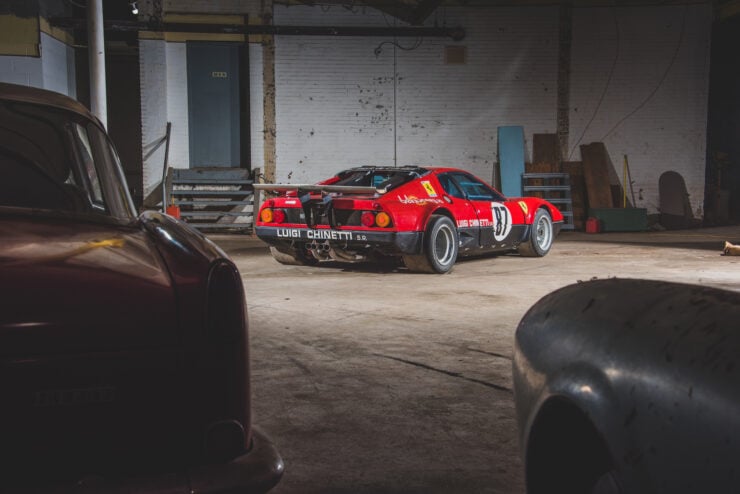
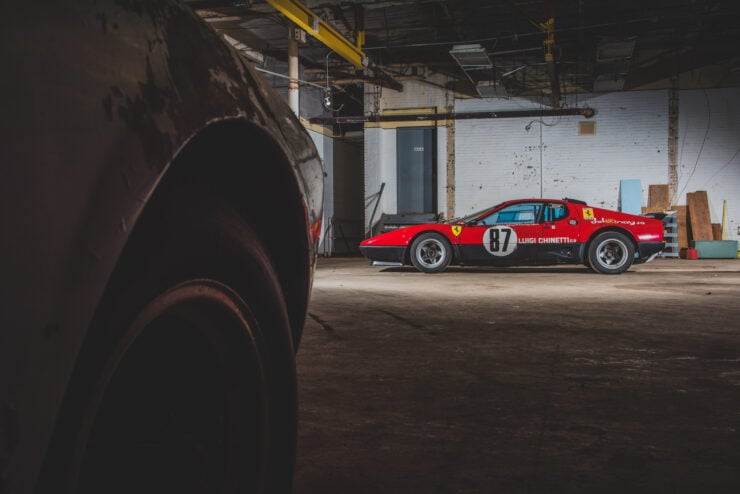
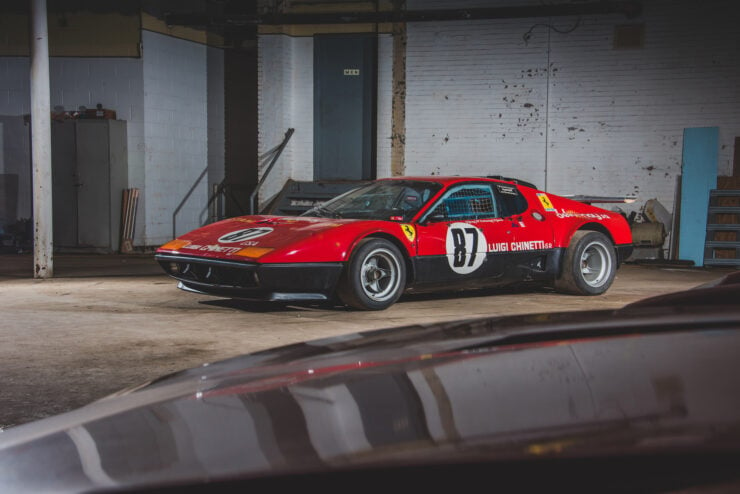
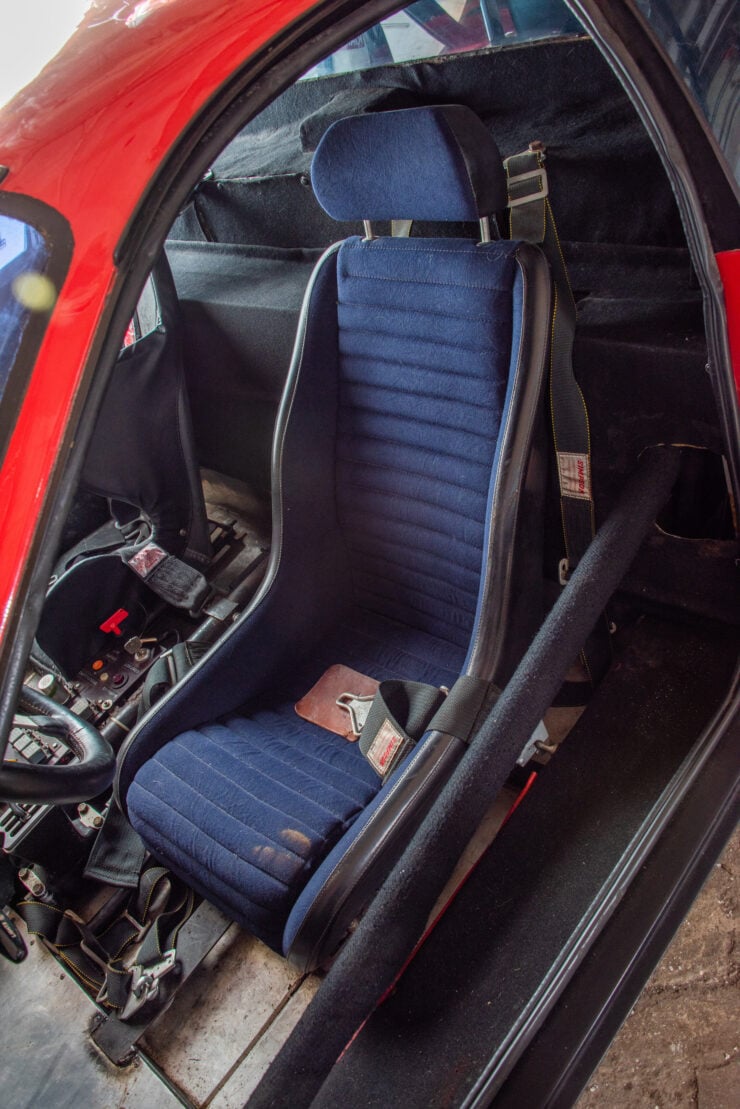
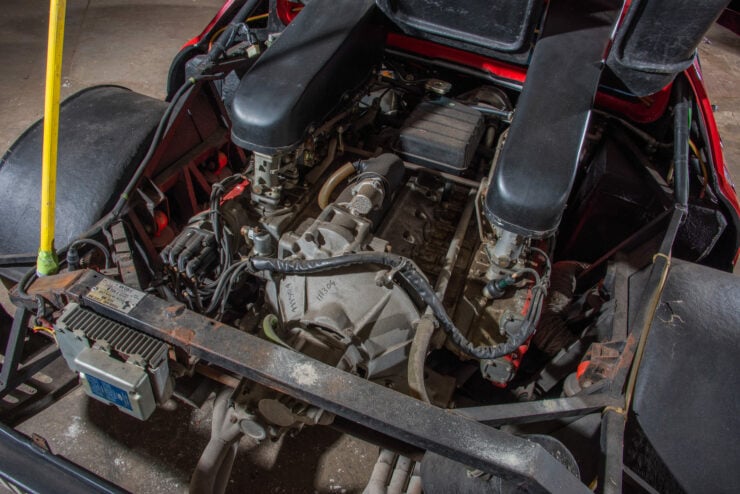
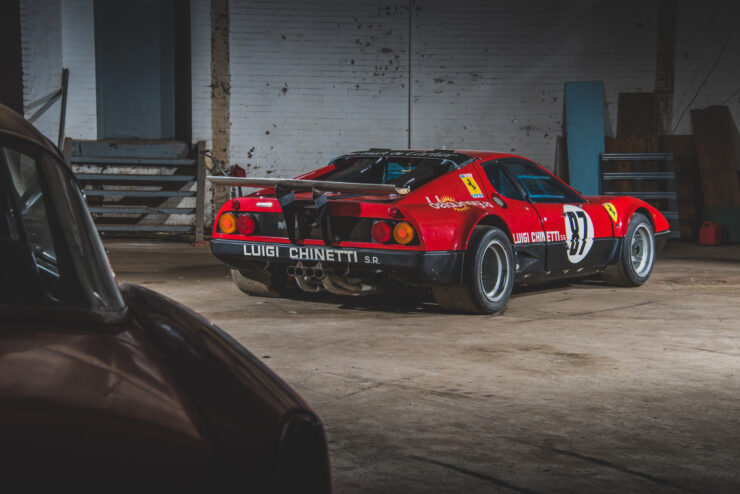
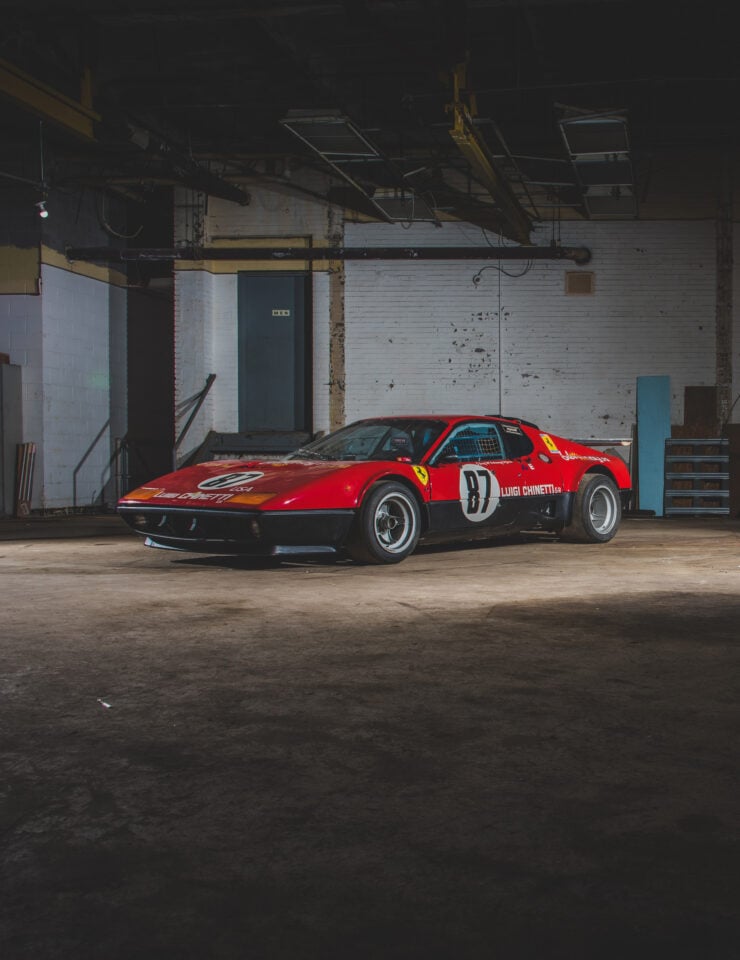

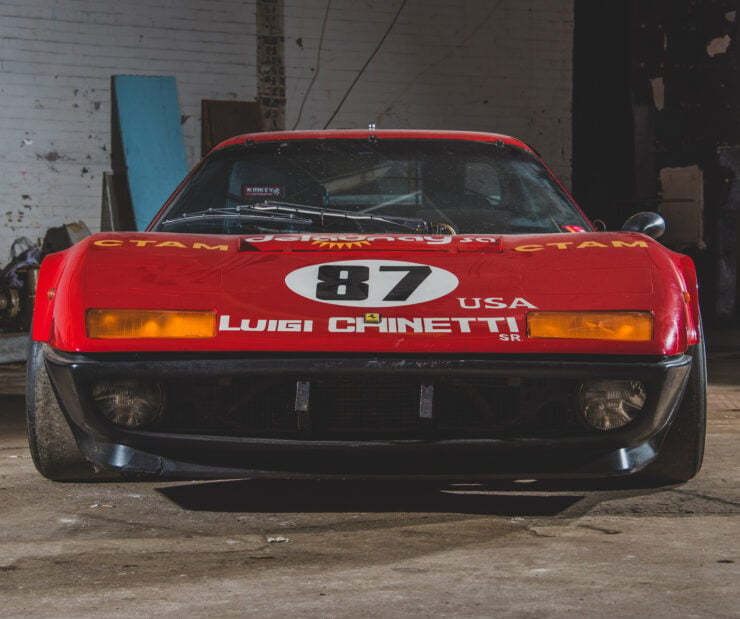
Images: Darin Schnabel ©2023 Courtesy of RM Sotheby’s

